
M. Lakshmi Narasaiah

77 books

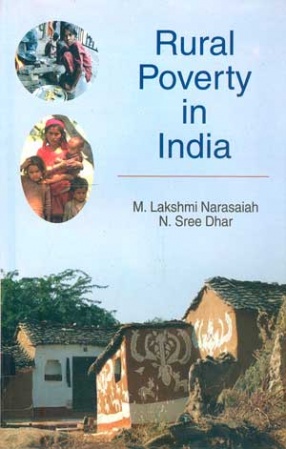
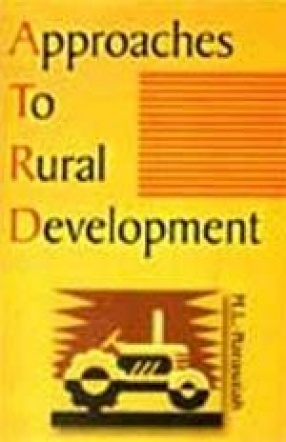
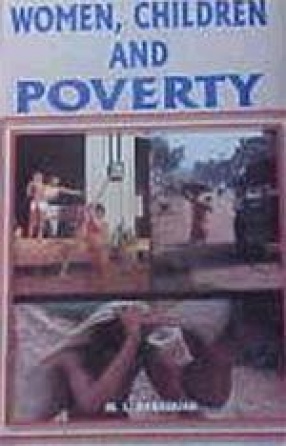


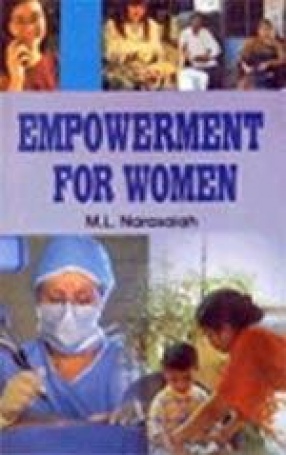






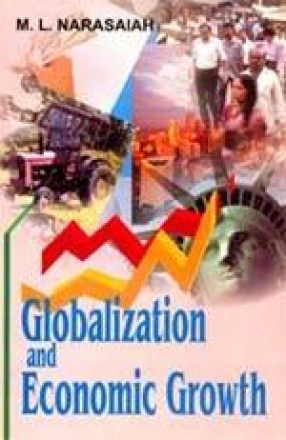
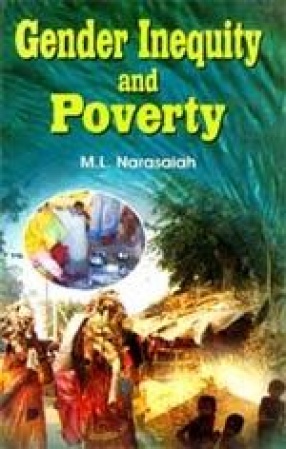

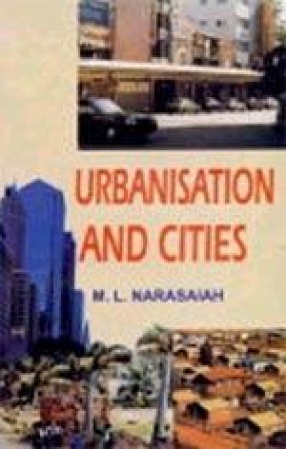
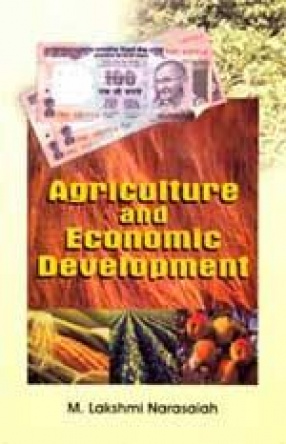
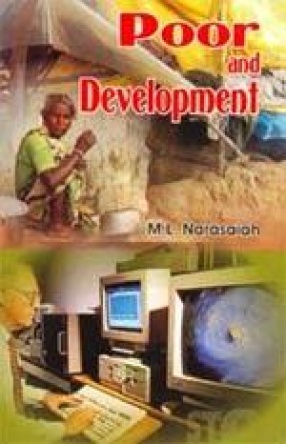
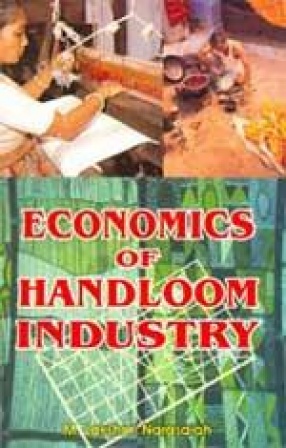



Agriculture has been the main occupation for the bulk of its workforce in India. According to the 2001 census, the agricultural sector provides employment to about 65 per cent of the total working population. In the absence of corresponding increase in employment in the urban non-farm sector, there is surplus manpower available in the rural areas. In spite of his rate of agricultural growth, the agricultural sector has failed to generate additional employment ...

Rural development is accounted as a major strategy for economic development in India. Because 70 per cent of the population is in rural areas. Several strategies to improve the living conditions of the rural poor is an integral part of the planning process in India. For anti-poverty programmes, the government of India launched growth oriented strategy and target group programme. IRDP comes under target group programmes for the eradication of poverty in the rural ...



Fore peace-lovers it was a strange and bewildering sight: people dancing and cheering in the streets of New Delhi and Islamabad because their governments had exploded an atomic bomb, politicians bragging about the nuclear capabilities of their countries, the press going wild over the achievements of their scientific institutions. Achievements? In Europe, people had lived for decades under the threat of a nuclear holocaust, they had danced and cheered when the ...

The UN Declaration on Human Rights has been fifty years old. A moment is needed to take stock and to look at the deficits which still exist in terms of human rights half a century later. The declaration of 1948 contains a comprehensive list of political, economic, social and cultural rights and aims at the protection of the freedom, equality, and human dignity of all human beings, irrespective of their race, gender, language or religion. Never before in history ...

Over half the people in the Indian community are women. The change in women's contribution to society is one of the most striking phenomena of the late twentieth century. But although they have had the law behind them, women have yet to enjoy the equality they are entitled to in theory. Men need to contribute more to family life, while women have yet to make a real impact on decisions affecting the lives of everybody. Technological advances have meant the decline ...

We all know that child labour is one of the faces of poverty and that many efforts over many years will be required to eliminate it completely. But, there are some forms of child labour today which are intolerable by any standard. These deserve to be identified, exposed and eradicated without further delay. The problem of child labour is so enormous and the need for action is urgent, choices must be made about where to concentrate available human and material ...

It has been scarcely 200 years--the dawn of the industrial revolution--since humans abandoned sole reliance on firewood, other biomass fuels, and direct sunlight to meet daily energy needs. In the past half century, global demand for energy grew twice as fast as population, as industrial nations burned coal, oil, and natural gas to fuel their economies. Over the next half-century, world energy demands are projected to continue expanding beyond population growth, ...

Unless policymakers take a more all-round view of education, they risk sending their countries down the wrong path. Over the past decade, educational change in most countries has been driven by one imperative: survival in the global economy. This process has been particularly salient in the Asia-Pacific region following the drastic shock of the 1997 economic downturn. But in the current reform process, marked by speeding commercialisation and economic ...

How ecosystems work and what part they play in biodiversity remain a mystery. But we do know that they perform a host of invaluable services for the human species. Biodiversity's fundamental value is neither aesthetic nor economic but environmental, even though most people are largely unaware of this. The value of biodiversity is often measured in terms of the number of species living in a given area. But the interactions between the many species in an ecosystem, ...

In drought prone areas of India rural development is lagging behind. Rural development is accounted as a major strategy for economic development in India. Because 70 percent of the population is in rural areas. Several strategies to improve the living conditions of the rural poor is an integral part of the planning process in India. For anti-poverty programmes, the government of India launched growth oriented strategy and target group programme. IRDP comes under ...

Over the last half-century, carbon emissions from fossil fuel burning expanded at nearly twice the rate of population, boosting atmospheric concentrations of carbon dioxide, the principal greenhouse gas, by 30 per cent over pre-industrial levels. All major scientific bodies acknowledge the likelihood that climate change due to the buildup of greenhouse gases in the atmosphere is indeed under way. The 15 warmest years on record have all occurred since 1979, and ...

Local communities everywhere are on the front lines of what might well be characterised as World War III. It is not the nuclear confrontation between East and West – between the Soviet Union and the United States – that we once feared. It is a very different kind of conflict. There is no clash of competing military forces and the struggle is not defined by national borders. But it does involve an often violent struggle for control of physical resources and ...

Around the world at least one women in every three has been beaten, coerced into sex, or otherwise abused in her life time. Most often the abuser is a member of her own family. Increasingly, gender based violence is recognised as a major public health concern and a violation of human rights. The effects of violence can be devastating to a woman's reproductive health as well as to other aspects of her physical and mental well-being. In addition to causing injury, ...

The role of NGOs should be to foster the emergence of a world wide civil society, the first step towards making globalization a more democratic affair. NGOs were not born yesterday, but the rising number of conflicts that have reverberated in recent decades around a world globalized in the neo-liberal mould has led them to multiply and diversify into highly visible bodies. Who are the main players in this process of globalization? Governments (politics) and the ...

The world food situation has never been better. Enough food is being produced today that, if it were evenly distributed, no one should have to go hungry. World food production is increasing faster than population growth: per capital production increased by 5 per cent during the 1980s. Real food prices are at historic lows and have been declining for some time now. Yields of major cereals have more than doubled in the past three decades. These trends have ...

In the next ten years, the number of people living in cities will rise to around 3.3 billion. Tokyo already has a population of 27 million, Sao Paulo (Brazil) 16.4 million, and Bombay 15 million. World Bank forecasts show as much as 80 per cent of the developing countries growth occurring in the cities and major conurbations. There are both positive and negative aspects to these developments. At each stage in the history of urbanisation, environmental conditions ...
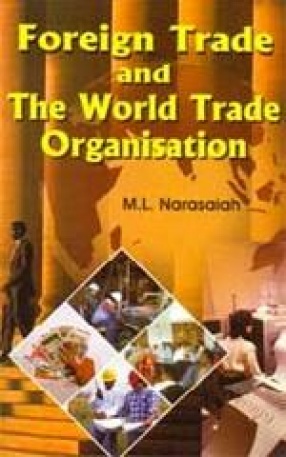
Why have exports from poorer countries failed to increase more rapidly following trade liberalization? What can be done to improve performance? Research on the response of firms in the private sector to economic reform can underpin new approaches to export promotion for poorer developing countries. For a long time, protective trade policies, poorly performing state-owned industries and state controls over the private sector were blamed for poor export performance ...

Agriculture is a prominent sector is most developing counties. The economic development of developing countries is largely dependent on agriculture. The historical experience of many countries revels that agriculture played a vital role in the process of economic development. The development of agriculture contributes much to the development of a notion in many ways such as it meets the problem of growing demand for food, earns foreign exchange, provides labour ...

Poverty reduction as an overall objective of the global development industry is not new. The only problem is that so far it has not really worked. Despite several decades of economic growth and huge development aid disbursements, the number of countries the United Nations calls “least developed†has in fact nearly doubled since 1971, from 25 to 49. In the last decade and despite all development efforts-not even one country was able to graduate from this group ...

In spite of the pre-eminent position enjoyed by the handloom industry in the Andhra Pradesh State’s economy and the statutory protection extended by the Government at the center, the handloom industry in the state is not free from handicaps. Though the contribution of the state handlooms to the Indian culture as well as to the national exchequer presents a rosy picture, an insight into the socio-economic and working conditions of the weavers the human factor ...

Over half the people in the Indian Community are Women. The Change in women’s contribution to society is one of the most striking phenomena of the late twentieth century. But although they have had the law behind them, women have yet to enjoy the equality they are entitled to in theory. Men need to contribute more to family life, while women have yet to make a real impact on decisions affecting the lives of everybody. Technological advances have meant the ...
